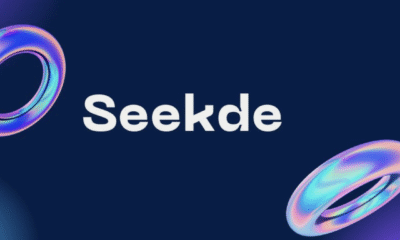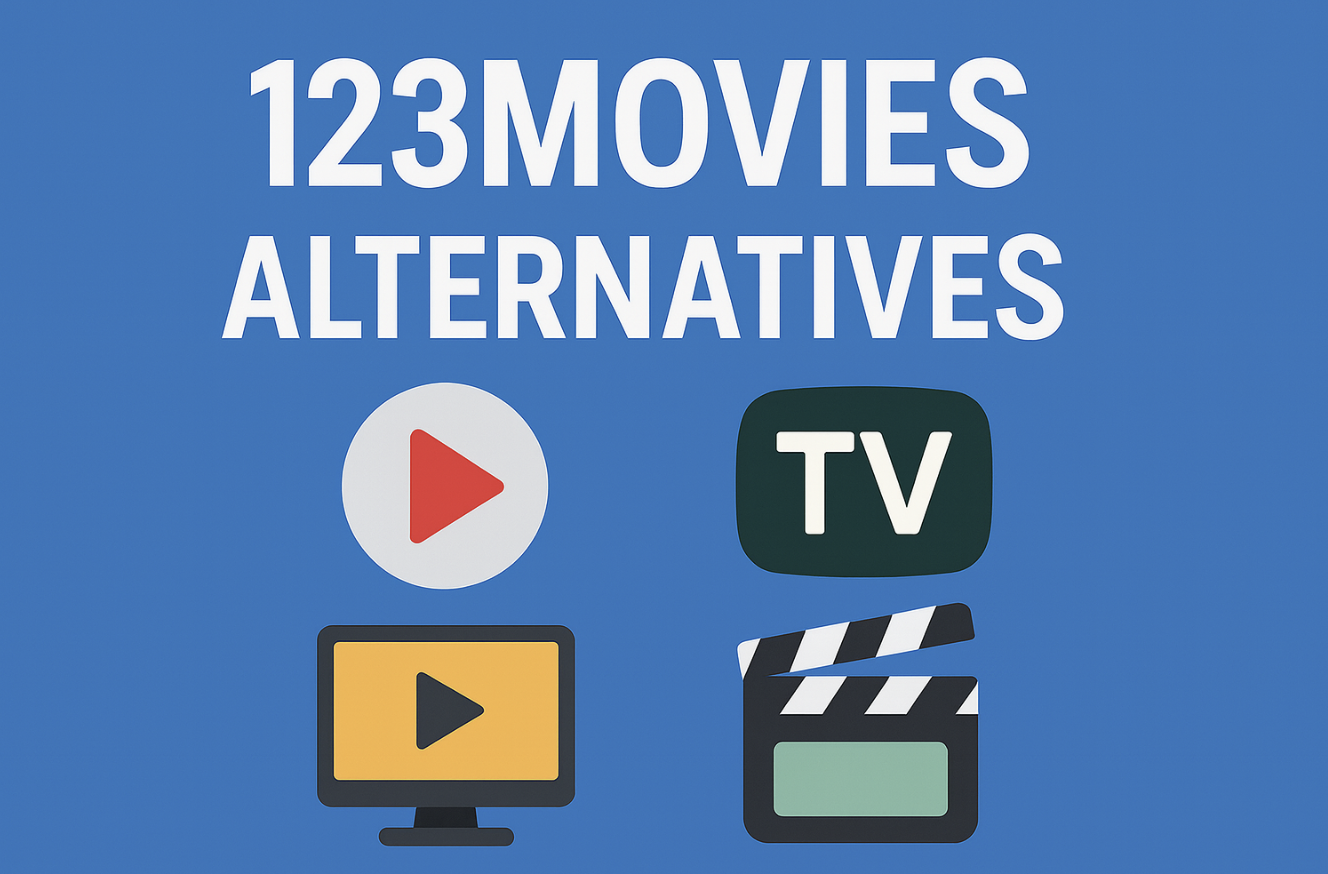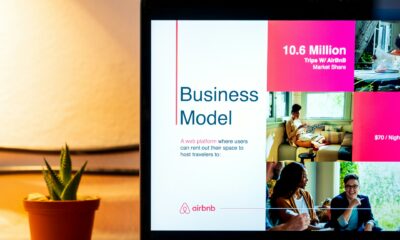Guide
Understanding Genetic Factors in Occupational Stress
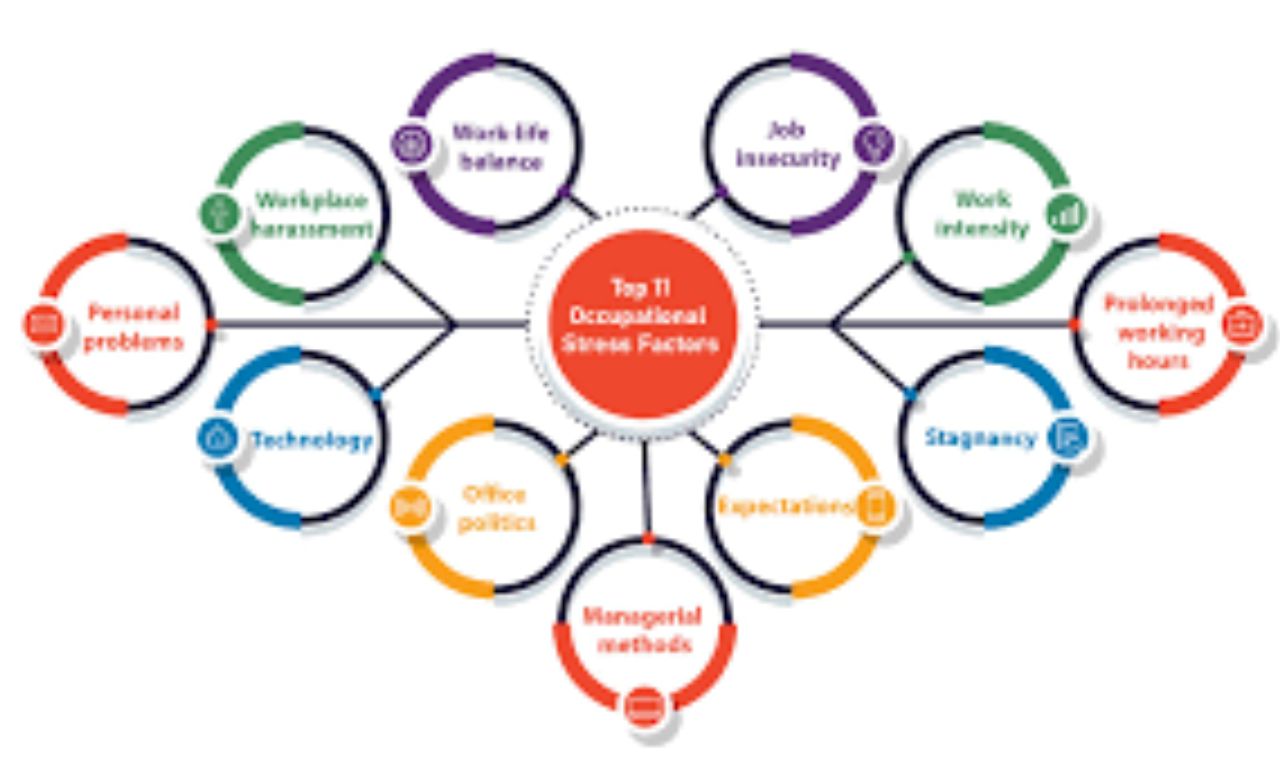
The Science Behind Stress at Work
Occupational stress has become an increasingly common challenge in today’s fast-paced and high-pressure work environments. While job demands, poor management, and work-life imbalance are well-known contributors, recent research highlights that genetic factors also play a significant role in how individuals perceive and respond to stress at work.
Understanding genetic influences on occupational stress not only deepens our insight into mental health but also helps employers design better wellness programs that suit employees’ individual needs.
In this article, we will explore the genetic foundations of stress, how they interact with environmental triggers, and what organizations can do to foster resilience among workers.
What Is Occupational Stress?
Occupational stress refers to the physical and emotional response that occurs when the demands of the job exceed an individual’s ability to cope. It’s not just about feeling overwhelmed — chronic workplace stress can lead to serious health issues, including anxiety, depression, high blood pressure, and burnout.
Common causes include:
-
Excessive workload
-
Lack of control over job tasks
-
Poor communication
-
Conflicts with management or colleagues
-
Job insecurity
However, not everyone reacts to these pressures the same way. Some people thrive under deadlines, while others experience extreme anxiety. This variation points to an underlying biological and genetic influence.
The Role of Genetics in Stress Response
Scientists have long studied how our genes shape emotional resilience. The body’s stress response involves complex biochemical pathways, mainly controlled by the hypothalamic-pituitary-adrenal (HPA) axis. When exposed to stress, this system releases hormones like cortisol and adrenaline, preparing the body to respond.
Genetic variations can influence how efficiently this system works. For instance:
-
People with certain versions of the COMT gene (catechol-O-methyltransferase) may metabolize stress hormones differently, making them more sensitive to pressure.
-
The SLC6A4 gene, which regulates serotonin transport, has been linked to higher anxiety levels in response to stressful environments.
-
Mutations in BDNF (Brain-Derived Neurotrophic Factor) can affect neural plasticity, influencing how individuals adapt to chronic workplace challenges.
These genetic markers suggest that some individuals are biologically predisposed to handle stress better than others.
Gene-Environment Interaction: Why Context Matters
While genetics provide the foundation, environmental factors determine how these genes are expressed — a concept known as epigenetics. For example, an employee with a stress-sensitive genetic profile might still perform well in a supportive and flexible workplace, while another person with a resilient genetic makeup could struggle in a toxic environment.
This interaction between genes and the environment underscores that neither biology nor workplace factors alone dictate stress levels. Instead, it’s the balance between the two that determines how employees cope with occupational pressures.
For more insights on workplace wellness, check out Harvard Health Publishing, which offers expert resources on managing stress and improving employee well-being.
Genetic Markers Linked to Occupational Stress
1. The Serotonin Transporter Gene (5-HTTLPR)
One of the most researched genes in stress studies, 5-HTTLPR affects how the brain manages serotonin, a neurotransmitter that regulates mood. Individuals with the “short” variant of this gene often experience higher stress levels and are more prone to anxiety and depression under workplace strain.
2. The COMT Gene
COMT influences dopamine regulation in the prefrontal cortex — the brain’s decision-making area. Variants of this gene can affect how individuals respond to high-pressure environments, making some better equipped for multitasking or handling deadlines.
3. The BDNF Gene
This gene supports brain cell growth and resilience. Low BDNF expression is linked to decreased cognitive flexibility, which can make adapting to workplace changes or learning new tasks more difficult.
4. The FKBP5 Gene
FKBP5 regulates the stress hormone receptor system. People with certain variants show heightened cortisol responses, leading to prolonged stress recovery times.
If you’re interested in learning more about how genetics affect mental health, the National Institutes of Health (NIH) offers extensive research on gene-environment interactions.
How Genetic Predisposition Affects Work Performance
Employees with stress-sensitive genetic profiles might:
-
Experience more fatigue and burnout.
-
Struggle with concentration under pressure.
-
Require longer recovery times after stressful events.
On the other hand, genetically resilient individuals may:
-
Thrive in competitive or dynamic roles.
-
Handle multitasking and pressure more effectively.
-
Maintain emotional balance during conflicts or workload surges.
Recognizing these biological differences helps companies tailor their employee assistance programs and reduce overall workplace stress.
Epigenetics: Can Workplace Culture Alter Genetic Expression?
The emerging field of epigenetics shows that lifestyle and environment can modify gene activity without altering DNA. This means that positive workplace experiences can buffer genetic vulnerabilities.
For example:
-
Supportive management and recognition can lower stress hormone levels.
-
Flexible work arrangements promote better sleep and mental recovery.
-
Regular physical activity and mindfulness programs can enhance neural resilience.
In essence, the right workplace culture can “switch off” harmful stress responses at the genetic level, fostering healthier, more productive employees.
You can explore more about the science of epigenetics and workplace stress at APA.org, the American Psychological Association’s portal on mental health research.
Practical Steps for Employers
Employers can use genetic research ethically to improve workplace well-being without invading privacy. Here are some recommended approaches:
1. Promote Personalized Stress Management
Encourage employees to discover their personal stress triggers and coping mechanisms. Tools like resilience training and emotional intelligence workshops can be highly effective.
2. Foster Supportive Work Environments
A positive company culture with open communication reduces stress even for those with higher genetic sensitivity.
3. Implement Wellness Programs
Physical exercise, nutrition support, and mindfulness sessions can enhance mental resilience and stabilize stress-related biological responses.
4. Encourage Regular Health Assessments
While genetic testing in workplaces raises ethical issues, encouraging voluntary health checks helps employees monitor stress indicators and mental well-being.
For practical workplace wellness strategies, visit World Health Organization – Mental Health at Work.
Ethical Considerations in Genetic Research and Employment
It’s essential to approach genetic research in occupational stress ethically. Employers should avoid using genetic information for hiring or performance evaluation. Instead, this knowledge should serve to empower employees and create inclusive, health-focused workplaces.
Confidentiality, informed consent, and non-discrimination must remain top priorities whenever discussing genetic predispositions in the workplace.
Conclusion: The Future of Work and Genetic Insights
Understanding genetic factors in occupational stress represents a new frontier in workforce wellness. As science continues to uncover the links between genes, stress, and performance, employers and policymakers must balance innovation with empathy and ethics.
The future workplace will not only recognize the diversity of human skills but also the biological diversity of stress responses. By integrating genetic awareness into workplace design, organizations can foster healthier, happier, and more productive teams.
Guide
Is Seekde the Right Solution for Your Business? An In-Depth ROI Analysis
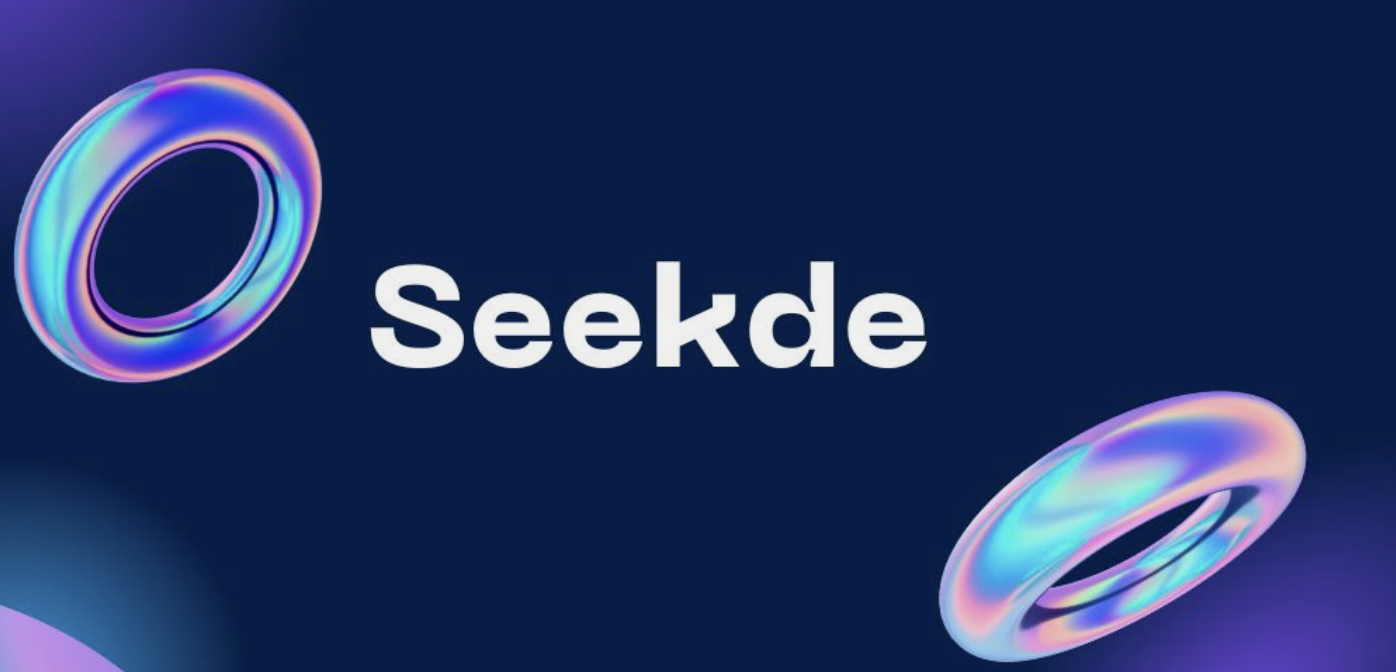
If you have been paying attention to the latest shifts in business technology, you have likely heard the buzz surrounding seekde in the corporate world. It promises to be more than just a search tool; it claims to be a complete ecosystem for knowledge discovery and workflow automation. But for a prudent business leader, the real question is not about hype—it is about the Return on Investment (ROI).
In this report, we act as your dedicated investigative team. We will strip away the marketing fluff to determine if seekde is a smart financial move or just another subscription to cancel next year. By analyzing time savings, software consolidation, and productivity metrics, we will help you decide if this platform earns its place in your tech stack.
What is Seekde Actually?
Before calculating value, we must define the asset. Think of seekde not as a standard search engine, but as a digital “knowledge loom.” Traditional search engines give you threads of information (links), leaving you to weave them into a fabric (answers).
Seekde does the weaving for you. It uses advanced Artificial Intelligence to:
- Contextualize Data: It understands *why* you are searching, not just *what* you typed.
- Integrate Workflows: It connects with your existing tools like Slack or Trello to find internal answers.
- Predict Needs: It suggests relevant data before you even realize you need it.
For a business, this means the end of “tab fatigue.” Instead of opening twenty tabs to research a market trend, your team gets a synthesized, verifiable answer in seconds.
The Hard Numbers: Calculating the ROI of Seekde
When we talk about ROI, we often look for hard currency. With seekde, the financial return comes primarily from two sources: Time Reclamation and Stack Consolidation.
Turning Time Into Money
Let’s use a hypothetical scenario. Imagine a mid-sized marketing team of 10 people. The average employee spends roughly 20% of their week just searching for information—tracking down files, researching competitors, or finding old emails.
If seekde reduces that search time by half, you effectively gain back 10% of your work week. For a team with an average salary of $60,000, that is $60,000 in recovered productivity per year.
This is not “soft” money; these are billable hours or creative brainstorming sessions that were previously lost to the void of inefficient searching.
The “Subscription Diet” Effect
Modern businesses are bloated with software. You might have one tool for project management, another for internal wikis, and a third for market research. Seekde often functions as a central hub that can replace or streamline these fragmented tools.
- Eliminate Redundancy: If you can drop a premium internal search tool or a standalone market intelligence subscription, the cash savings are immediate.
- Lower Training Costs: diverse tools require diverse training. A single, intuitive interface reduces the onboarding burden on HR.
Analyzing the Features: Does Seekde Deliver?
To understand if the price tag is justified, we must audit the features. A tool is only as valuable as its utility in the trenches of daily work.
Smart Search vs. Traditional Search
Most employees are used to keyword matching. If they type “Q3 Report,” they get every file with “Q3” in the name. Seekde operates on *intent*.
If a manager asks, “How did we perform in Q3 compared to Q2?”, the platform pulls data from the Q3 report and the Q2 report and presents a comparison. It acts like a junior analyst rather than a file cabinet.
Data Exploration (“De”)
The “de” in seekde stands for Data Exploration. This feature is the differentiator for power users. It allows teams to visualize complex datasets without needing a data scientist.
For example, a sales lead can upload a messy CSV file of customer leads. The platform can instantly organize it, highlight high-value targets, and spot regional trends. This feature alone can save hours of manual Excel work every week.
Soft ROI: The Hidden Benefits of Seekde
Not every benefit fits neatly into a spreadsheet. However, these “soft” returns often determine long-term company health.
Reduced Cognitive Load is a major factor. When employees struggle to find information, they get frustrated. This frustration leads to burnout. By making information retrieval effortless, you preserve your team’s mental energy for high-value problem solving.
Better Decision Velocity is another intangible asset. In business, speed is a weapon. If your competitor takes three days to assess a market shift, and your team uses seekde to do it in three hours, you win. You cannot easily put a dollar sign on speed, but you can certainly see its impact on market share.
Integration Capabilities
A standalone tool creates silos. A robust solution breaks them down.
- Seamless Connection: It links with CRMs, email clients, and cloud storage.
- Security First: It ensures that sensitive internal data remains within the company walls, unlike open AI tools like ChatGPT.
Implementation: Is Your Team Ready for Seekde?
Buying the software is the easy part. Getting your team to use it is the challenge. The “learning curve” is often where ROI goes to die.
The Adoption Hurdle
Technologically, the platform is user-friendly. However, it requires a cultural shift. Employees are used to “Googling” things or digging through folders. Training them to “ask” the platform complex questions takes time.
Recommendation: If you invest, appoint a “Champion” within your office. This person should master the advanced features and show others the shortcuts. Without this internal advocate, your expensive software might sit collecting digital dust.
Conclusion: The Final Verdict on Seekde
So, is seekde the silver bullet for your business efficiency?
If your team spends hours drowning in data, struggling to find internal documents, or paying for too many single-use tools, the answer is likely yes. The hard cost savings from productivity gains alone often justify the license fees within the first quarter.
However, if your business is small and your data is already well-organized, the advanced “Data Exploration” features might be overkill.
The Bottom Line: Treat this investment as a hire, not a purchase. Seekde is effectively a digital employee that works 24/7, never sleeps, and remembers everything. For most modern enterprises, that is an employee worth hiring.
Guide
What Really Happens Up There: A Simple Guide to Roof Care

Why Roof Care Matters More Than Most Homeowners Realize
Most people barely think about their roof until something goes wrong, yet it is one of the hardest working parts of the home. It handles sun, rain, snow, wind and temperature swings every single day. Roof care is not complicated, but it is essential for protecting your home’s value and comfort. A well maintained roof lasts longer, looks better and prevents costly issues inside the home. Many homeowners look for guidance from a Manhattan Ny Contractor who understands how different materials age, how weather affects performance and which maintenance steps give the biggest return. Taking care of your roof is not just a seasonal task. It is a year round responsibility.
Understanding the Roof as a Complete System
A roof is more than its surface. It includes layers that work together to protect your home. Shingles, underlayment, flashing, vents and gutters all play a role in how well the system performs. When one part weakens, the entire structure becomes vulnerable. This is why inspections are important. They reveal early signs of wear, such as cracked shingles or loose seals, long before water reaches the interior. A Manhattan Ny Contractor can help homeowners understand how each component contributes to a strong roof and what to watch for each year.
The Role of Cleaning in Roof Maintenance
Cleaning is one of the simplest yet most overlooked parts of roof care. Over time, leaves, branches and dirt settle on the surface, holding moisture and encouraging moss or algae growth. These elements weaken the roof and create dark streaks that make the home look older. A proper cleaning removes buildup so the materials can breathe and dry naturally. Clearing debris also reduces weight and prevents water pools from forming. Roof surfaces stay healthier longer when cleaned at least once a year. A clean roof also allows for easier detection of damage because imperfections become visible.
Why Small Repairs Should Never Be Delayed
Minor roof problems quickly grow into major repairs if ignored. A loose shingle, lifted nail or small gap in flashing might seem harmless, but water only needs a tiny opening to seep inside. Once moisture reaches wood framing or insulation, damage spreads before anyone notices. Making small repairs as soon as they appear is the best way to protect your home. This includes replacing missing shingles, sealing gaps and tightening loose elements. A Manhattan Ny Contractor can perform these repairs safely and ensure that materials match the existing roof for a seamless finish.
The Importance of Ventilation and Airflow
Proper ventilation keeps roofs healthy by balancing temperatures inside the attic. When hot air becomes trapped, shingles age faster and insulation deteriorates. Moisture also builds up, creating conditions for mold or wood rot. Good airflow prevents these issues by allowing hot, humid air to escape. Soffit and ridge vents work together to maintain a steady cycle of air movement. This helps the roof last longer and makes the home more energy efficient. Ventilation is one of the most effective but least visible aspects of roof care.
Gutter Maintenance and Its Impact on the Roof
Gutters are essential to roof care because they control how water moves away from the house. When gutters clog, water spills onto the roof edge, saturating materials and weakening the structure. Overflow can also damage siding, landscaping and the foundation. Regular gutter cleaning ensures that water flows properly and reduces the risk of leaks. Homeowners should check gutters during fall and spring, especially after heavy storms. Repairing sagging sections or replacing worn components keeps the system working its best.
Seasonal Roof Checks That Protect Your Home
Different seasons bring different challenges. Summer heat stresses shingles, fall debris collects in heavy layers, winter ice causes expansion and spring rain tests every joint. Conducting seasonal checks helps you catch problems early. In summer, look for curling shingles. In fall, clear debris promptly. In winter, watch for ice buildup along the edges. In spring, inspect flashing and seals for signs of movement. These small efforts throughout the year prevent bigger problems from forming.
How Weather Patterns Affect Roof Lifespan
Sun exposure fades materials over time, snow adds weight and moisture, and heavy winds can lift or loosen shingles. Understanding how local weather affects your roof helps you plan appropriate maintenance. Homes in areas with intense sunlight need shingles designed for UV resistance. Homes exposed to strong winds need proper fastening techniques. An experienced Manhattan Ny Contractor can recommend materials and care routines suited for the region’s climate patterns.
The Value of Professional Inspections
Even if you check your roof regularly, professional inspections are essential. Experts know where damage typically begins and can spot issues invisible from the ground. Roofing professionals use safe equipment and have training to evaluate structural integrity, ventilation and overall condition. Scheduling an inspection once or twice a year adds a layer of protection that homeowners cannot achieve alone.
Keeping Your Roof Healthy for Years to Come
Routine roof care is the difference between a roof that lasts twenty years and one that lasts thirty or more. Cleaning, repairs, ventilation and inspections all work together to extend the life of the system. A well cared for roof protects your home from the elements, reduces energy costs and maintains the home’s appearance. Simple habits make a lasting impact when practiced consistently.
Guide
Study Visa Consultant for MBBS in China – Your Complete Guide for Pakistani Students

Choosing the right destination for medical studies is one of the most important decisions for any student. Over the past decade, MBBS in China has become one of the top choices for Pakistani students due to its global recognition, affordable cost structure, and high-quality medical education. If you are planning to study MBBS abroad, working with a reliable study visa consultant for China can make the entire process smooth, transparent, and stress-free.
This article explains why China is the best option for MBBS, why Pakistani students prefer Chinese medical universities, and how the right consultant can guide you toward a successful medical career abroad.
Why Choose China for MBBS?
1. Affordable Tuition Fees
Compared to many Western countries, China offers budget-friendly MBBS programs. Even high-ranking Chinese medical universities offer tuition fees that are significantly lower than those in the US, UK, or even some Asian countries.
2. Globally Recognized Medical Degrees
Most Chinese medical universities are recognized by WHO, PMC (Pakistan Medical & Dental Council), UNESCO, and other global bodies. This recognition ensures that graduates can continue their careers in Pakistan or apply for international licensing exams.
3. English-Medium Programs
Several top universities in China provide MBBS programs fully taught in English, making it easier for Pakistani students to adapt and excel academically.
4. Advanced Medical Infrastructure
China is a global leader in modern medical technology. Students benefit from:
- State-of-the-art laboratories
- Modern hospitals with high patient inflow
- Practical clinical exposure
This exposure prepares students to meet global medical standards.
5. Safe and Culturally Friendly Environment
Chinese cities are known for being safe, clean, and welcoming for international students. The cultural environment is respectful and easy to adjust to, especially for South Asian students.
Why MBBS in China is Ideal for Pakistani Students
1. Similar Educational Systems
China’s academic structure closely resembles Pakistan’s, especially in medical disciplines. This familiarity makes the transition smooth and reduces academic pressure.
2. Affordable Living Costs
Accommodation, transportation, and daily expenses in China are comparatively lower than in many other countries offering MBBS programs. Pakistani students can live comfortably on a reasonable budget.
3. High Visa Success Rate
China maintains strong educational ties with Pakistan, resulting in a high student visa approval rate for genuine applicants.
4. Halal Food and Community Support
Halal food is easily available across major Chinese cities, and large Pakistani student communities assist newcomers in adjusting quickly.
5. Internship and Job Opportunities
Chinese hospitals offer diverse clinical experiences. After graduation, students can return to Pakistan for house jobs or attempt licensing exams such as NLE, USMLE, PLAB, etc.
Role of a Study Visa Consultant for MBBS in China
Applying for MBBS in China involves multiple steps—university selection, documentation, admission processing, visa filing, accommodation arrangements, and pre-departure guidance. A professional study visa consultant ensures:
- Accurate and timely application submission
- Selection of PMC-approved universities
- Transparent fee structure and guidance
- Smooth visa processing
- Assistance in travel and settlement in China
Working with an experienced consultant increases both your admission and visa success rates.
SAM Associates Private Limited – The Best Study Visa Consultant in Pakistan for MBBS in China
When it comes to studying MBBS in China, SAM Associates Private Limited stands out as one of the best and most trusted consultants in Pakistan. With years of experience, a 100% transparent process, and partnerships with top Chinese universities, they provide complete guidance from admission to departure. Whether you want to pursue MBBS, engineering, business, language programs, or any other study option in China, SAM Associates ensures you receive professional support every step of the way.
-

 How to4 months ago
How to4 months agoHow to Get My Instagram Password on Android
-

 Social Media4 months ago
Social Media4 months agoGo Viral Overnight: Proven Instagram Power Moves to Beat the Algorithm
-

 Social Media4 months ago
Social Media4 months agoGoing Viral in the Digital Age: Meaning, Importance, and Practical Tips
-

 Social Media4 months ago
Social Media4 months ago7 Powerful Tips to Reach More People on Facebook (Without Spending a Fortune)
-

 How to4 months ago
How to4 months agoHow to Turn Instagram Followers into Real Customers
-
Viral Tips1 year ago
Make Money Online from Home 2024
-
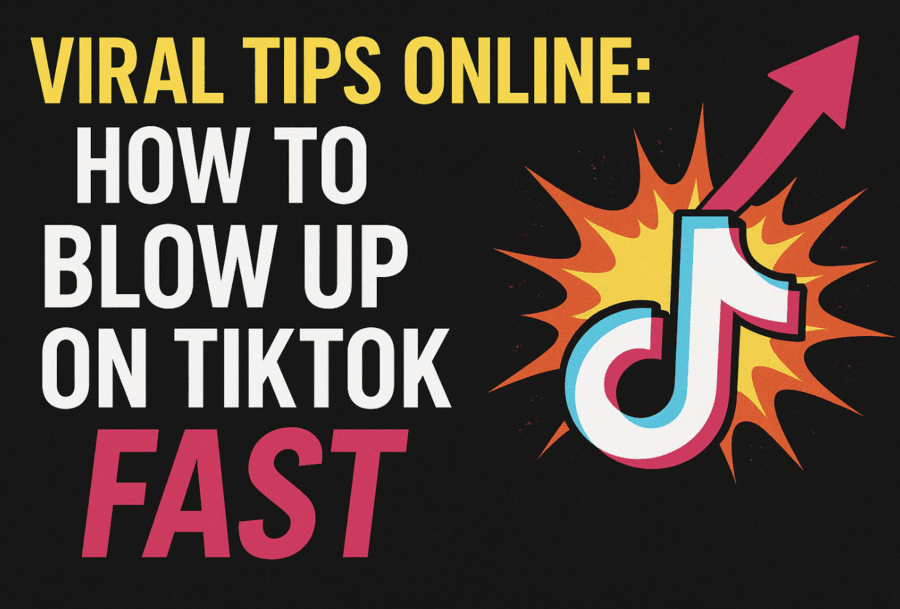
 How to4 months ago
How to4 months agoViral Tips Online – How to Blow Up on TikTok Fast
-

 How to4 months ago
How to4 months agoViral Tips Online – Secrets to Explode Your Instagram Reels & Posts

